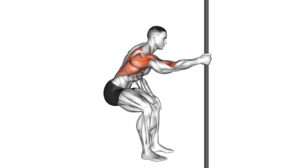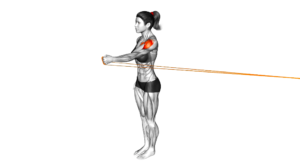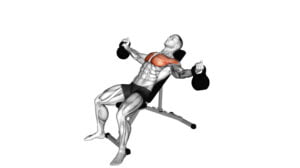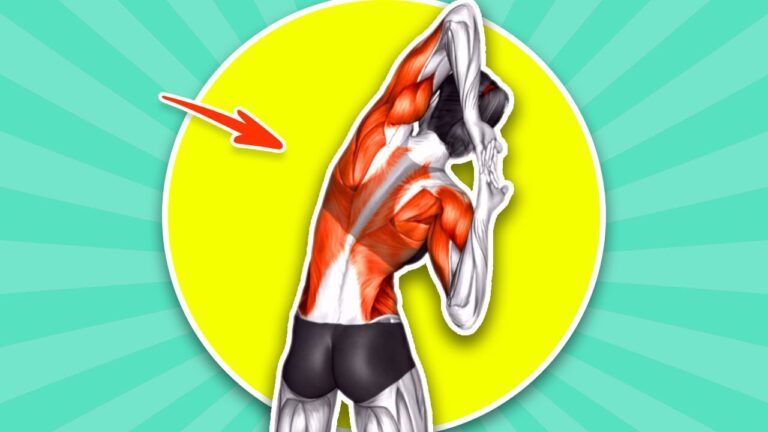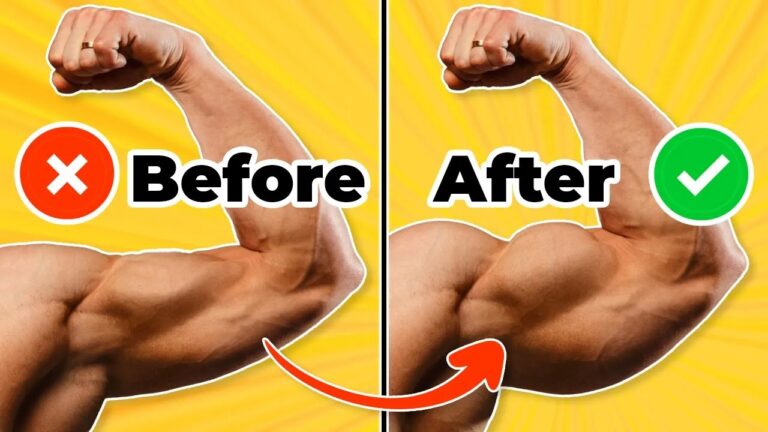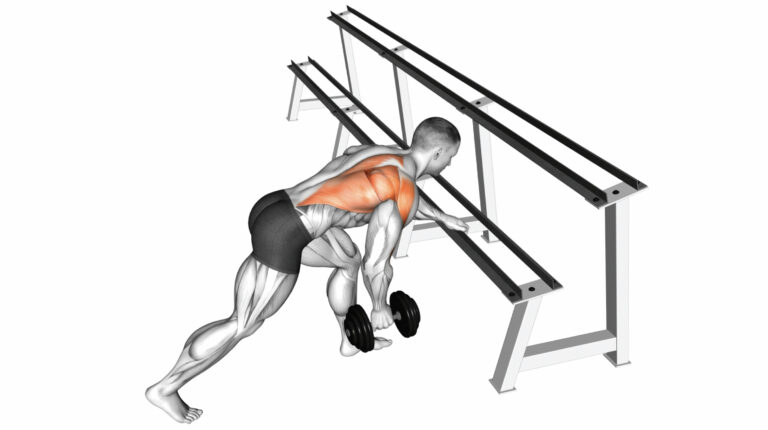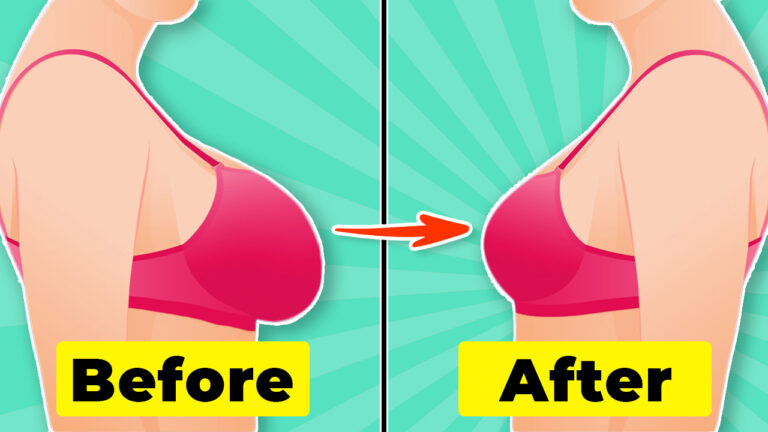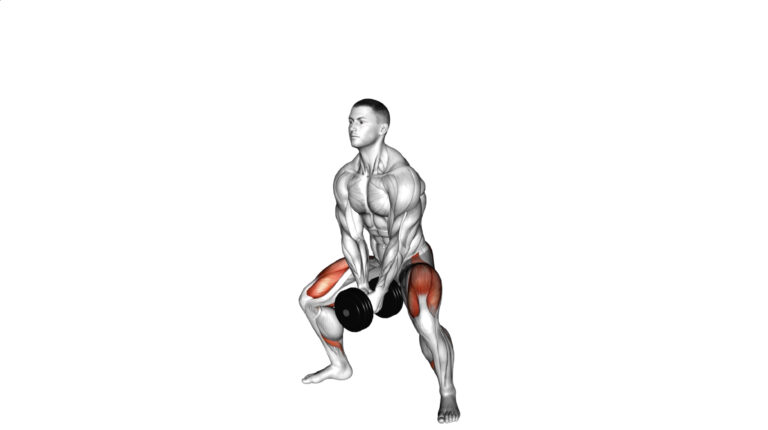10 Kettlebell Hip Mobility Exercises To Boost Flexibility And Strength
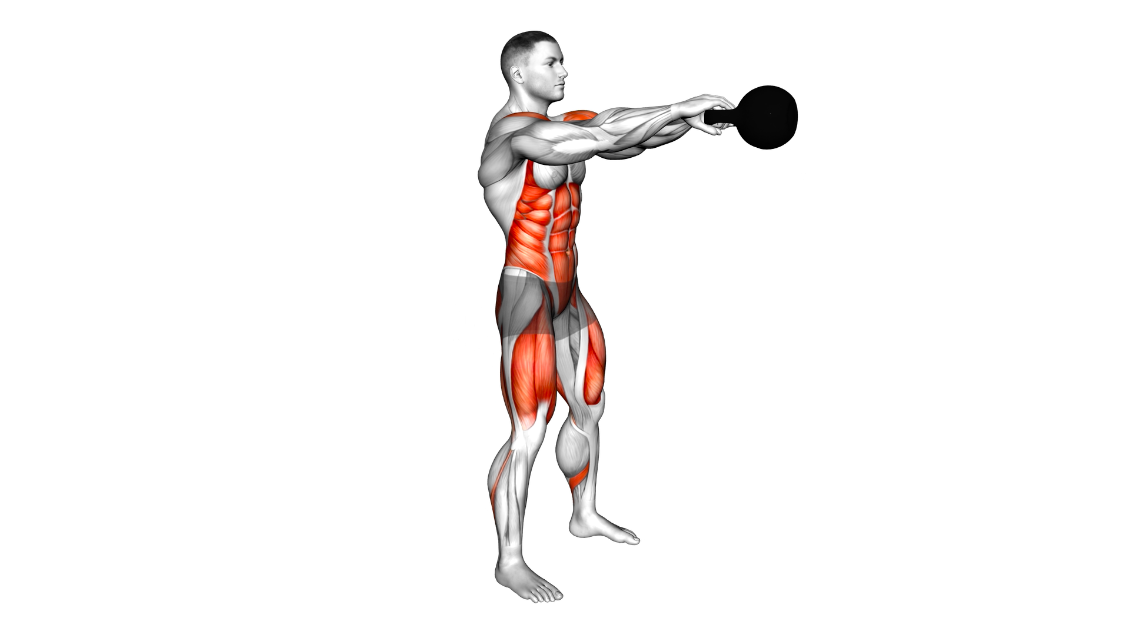
Today, we’re diving into the world of kettlebell hip mobility exercises. We’ll explore why they are important for your overall fitness and strength, as well as the benefits they can provide. If you’re looking to boost flexibility and strengthen your hips, you’ve come to the right place! Let’s get started.
Key Takeaways
- Kettlebell hip mobility exercises improve flexibility and range of motion, supporting daily movements and reducing injury risk.
- These exercises target vital muscle groups like the glutes, hamstrings, and core for better stability, balance, and overall lower body strength.
- The kettlebell swing, one – legged deadlifts, rotational movements, and figure 8 swings are some of the dynamic exercises that can enhance hip strength.
- Performing kettlebell workouts 2 to 3 times a week with proper form ensures maximum benefits in building hip mobility and endurance.
- Customizing the weight of the kettlebells and exercise modifications to suit individual fitness levels helps maintain effectiveness without causing strain or injury.
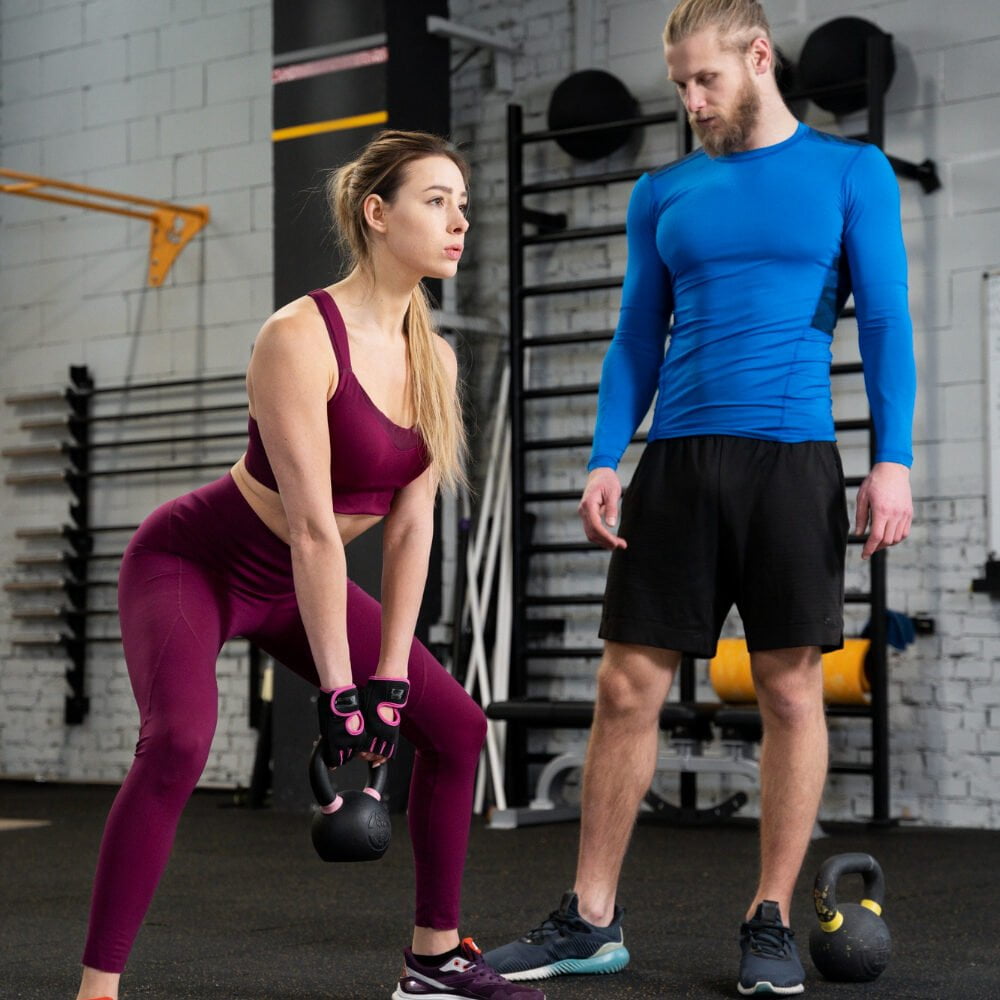
The importance of hip mobility for overall fitness and strength
Hip mobility is a critical component of fitness that supports everyday movements and athletic performance alike. Loose, flexible hips help prevent injuries by allowing the body to move freely and adapt to different physical activities.
Without proper hip mobility, your range of motion becomes limited, which can lead to compensations in movement patterns that increase the risk of strain or injury in other areas like the knees and back.
Building strength through kettlebell hip mobility exercises not only enhances overall fitness but also contributes to powerful lifts and better stability. Strong hips are essential for supporting the spine during weight-bearing exercises and day-to-day tasks.
By incorporating kettlebell exercises for hip flexibility into your routine, you create a strong foundation that improves balance, enables more dynamic moves in sports, and facilitates healthy posture while reducing discomfort.
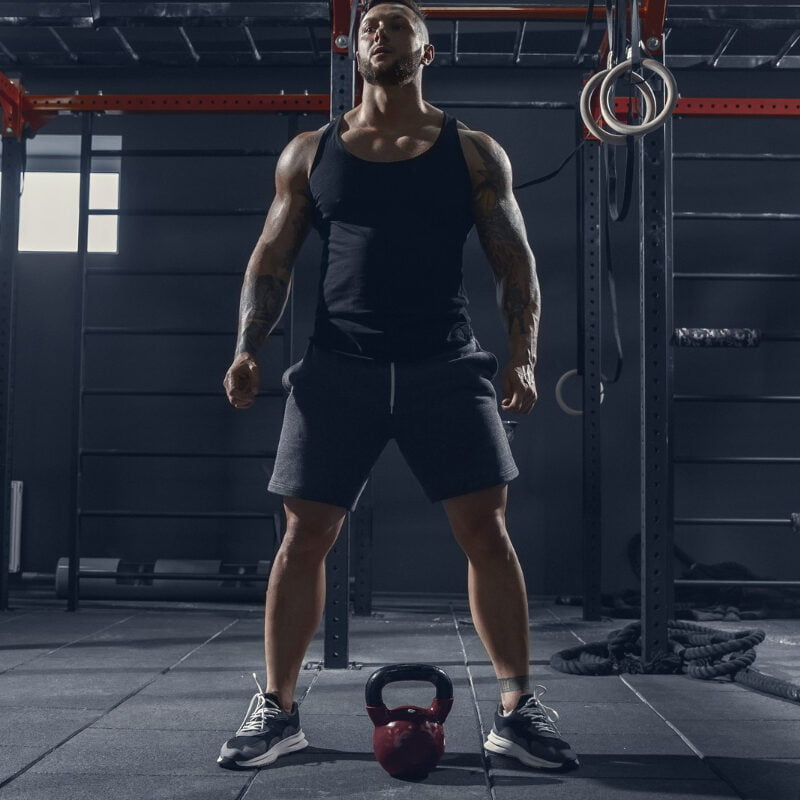
Benefits of Kettlebell Hip Mobility Exercises
Kettlebell hip mobility exercises offer improved flexibility and range of motion, while also strengthening the hip muscles for better overall fitness and strength. By incorporating these exercises into your routine, you can enhance your performance in various physical activities and reduce the risk of injury.
Improved flexibility and range of motion
Getting your hips moving smoothly is like oiling a rusty hinge; it allows you to move with greater ease in everyday life. Kettlebell hip exercises are a dynamite way to increase your flexibility and expand the range of motion in your hips.
Engaging regularly in these movements can feel like unlocking a new level of agility, as tight muscles gradually loosen up, enabling you to perform daily tasks and sports activities with less effort and more fluidity.
Imagine squatting down effortlessly or sprinting without that familiar tug at your side – this is what improved hip mobility offers. Hip exercises with kettlebells lay the foundation for such seamless movement by stretching and strengthening key muscle groups surrounding the hips.
Next up, let’s delve into how these dynamic moves specifically strengthen those critical hip muscles.
Strengthening of hip muscles
Strong hip muscles play a crucial role in maintaining stability and balance, whether you’re walking, running, or jumping. Kettlebell exercises specifically target these important muscle groups, enhancing your ability to move with power and grace.
Engaging in kettlebell training not only supports your hips but also builds endurance and strength throughout your lower body.
Incorporate moves like the kettlebell swing or the one-legged deadlift into your workout regime to challenge your hip muscles from various angles. As you progress with these dynamic movements, expect to see improvements in other areas of physical activity too.
Your squats will get deeper, sprints faster, and your overall agility will increase significantly as those key hip muscles become stronger and more responsive to physical demands.
Top 10 Kettlebell Hip Mobility Exercises
Get ready to boost your hip flexibility and strength with these 10 kettlebell hip mobility exercises. These movements are designed to target the muscles around the hips, improve range of motion, and enhance overall lower body strength.
1. Kettlebell One Legged Deadlift
Master the kettlebell one-legged deadlift to unlock a new level of hip mobility and strength. Begin by holding a kettlebell in one hand while balancing on the opposite leg. Keep your back straight, hinge at the hips, and lower the weight towards the ground.
Your free leg should extend behind you for balance as you descend. The focus here is control—don’t rush. This powerful move targets your glutes, hamstrings, and stabilizing muscles, enhancing coordination and flexibility through constant tension.
Perfecting this exercise paves the way for explosive power and endurance in activities that demand dynamic movement. Up next: Kettlebell Double Snatch – prepare to challenge your hips even further with this high-intensity drill!
2. Kettlebell Double Snatch
The kettlebell double snatch is a dynamic exercise that targets the hips, glutes, and shoulders simultaneously. Holding a kettlebell in each hand, you bend your knees slightly and explosively extend your hips and legs while pulling the weight up to shoulder height.
This explosive movement not only enhances hip mobility but also engages the entire body for an effective full-body workout. Mastering this exercise can significantly improve overall strength and coordination.
As part of a well-rounded hip mobility routine, incorporating the kettlebell double snatch can help enhance power development and athletic performance. Engaging in this exercise regularly can lead to increased flexibility and range of motion in the hips while building functional strength for daily activities or sports performance.
3. Kettlebell Farmers Carry
How to perform the Kettlebell Farmers Carry exercise? Hold a kettlebell in each hand, maintaining strong posture with shoulders back and core engaged. Walk for a recommended distance or time to effectively challenge your grip strength, core stability, and overall endurance.
Keep the weights from banging against your thighs as you move forward with deliberate steps.
Engage your upper body and core muscles throughout the exercise while actively stabilizing your hips and lower body. Focus on maintaining an upright position as you walk, feeling the burn in your forearms, biceps, triceps, shoulders, upper back, and abdominal muscles.
4. Kettlebell Straight leg Deadlift
To perform the Kettlebell Straight Leg Deadlift, stand with your feet shoulder-width apart and hold a kettlebell in front of your thighs. Keeping your back straight and core engaged, hinge at the hips to lower the kettlebell towards the ground while maintaining a slight bend in your knees.
Push through your heels as you return to the starting position, keeping the kettlebell close to your body throughout the movement. This exercise targets the hamstrings, glutes, and lower back, enhancing stability and strength in these muscle groups.
As you progress with this exercise, focus on maintaining proper form and gradually increasing the weight of the kettlebell for added resistance. The Kettlebell Straight Leg Deadlift is an effective way to build strength in key lower body muscles while promoting hip mobility and flexibility.
5. Kettlebell Swing
Engage your hips, back, and shoulders with the kettlebell swing. Start by standing with your feet shoulder-width apart, holding the kettlebell with both hands between your legs. Push your hips back as you lower the kettlebell toward the ground, then swiftly stand up and drive through your hips to propel the kettlebell forward and upward to chest level.
Remember to engage your glutes at the top of the movement for maximum power.
As you perform each repetition, maintain a strong core and keep a slight bend in your knees throughout while ensuring that most of the power comes from thrusting your hips forward.
6. Kettlebell Rotational Deadlift
Moving on from the dynamic movement of the Kettlebell Swing, we arrive at the Kettlebell Rotational Deadlift. This exercise targets multiple muscle groups including the glutes, hamstrings, and lower back while also enhancing core strength through rotational movements.
Stand with your feet shoulder-width apart, holding a kettlebell in front of you with both hands. Lower the kettlebell toward one foot by bending at your hips and then rotate your torso as you push through your heels to return to standing position.
Engage your abdominal muscles throughout this motion to stabilize your core and protect your lower back from strain. The rotational aspect of this deadlift variation challenges coordination and balance, making it an effective full-body exercise that enhances functional strength and stability.
7. Kettlebell Kickstand One Leg Deadlift
Transitioning from the dynamic movement of the Kettlebell Rotational Deadlift to the Kettlebell Kickstand One Leg Deadlift, this exercise focuses on unilateral strength and stability.
It involves standing with one foot in front and using a kettlebell for resistance, challenging your balance and engaging the muscles in your hips, glutes, hamstrings, and lower back.
By performing this exercise regularly, you can improve hip mobility while building strength in the supporting leg to enhance overall functional fitness.
Executing the Kettlebell Kickstand One Leg Deadlift requires maintaining a neutral spine throughout the movement. As you hinge at your hips to reach down with the kettlebell towards the ground, focus on keeping your shoulders squared and core engaged for stability.
8. Kettlebell Good Morning
How to perform the Kettlebell Good Morning exercise? Engage your core and stand with feet shoulder-width apart, holding a kettlebell in both hands against your chest. While keeping your back straight, hinge at the hips as if bowing forward, lowering your torso until it is almost parallel to the ground.
Push through your heels to return to the starting position while maintaining a straight back throughout the movement.
To reap maximum benefits from this exercise, focus on feeling a stretch in your hamstrings and glutes at the bottom of the movement. Keep control of the kettlebell with firm grip and avoid rounding or arching your lower back during this exercise for optimal results.
9. Kettlebell Figure 8 Swing
Transitioning from the powerful hip hinge movement of the Kettlebell Good Morning, we come to a dynamic exercise that engages the entire body— the Kettlebell Figure 8 Swing. This exercise not only enhances hip mobility but also targets your core, shoulders, and legs in one fluid motion.
Stand with your feet slightly wider than shoulder-width apart and let’s delve into this full-body movement.
Start by grasping a kettlebell with both hands just below your groin. Hinge at the hips as you swing it between your legs from one hand to the other in a figure-eight pattern. As you feel the momentum build, engage your glutes and propel yourself forward while swinging the kettlebell up to chest level.
10. Kettlebell deadlift
To perform the kettlebell deadlift, stand with your feet shoulder-width apart and place a kettlebell on the ground between your feet. Keeping your back straight and chest up, hinge at the hips and bend your knees to grab the handle of the kettlebell.
Engage your core and drive through your heels as you lift the kettlebell by extending your hips and knees simultaneously. Lower the kettlebell back down in a controlled manner while maintaining proper form.
Ensure that throughout this exercise, you keep the weight close to your body to prevent strain on your lower back. The kettlebell deadlift targets major muscle groups like glutes, hamstrings, quads, lower back, and core while also improving hip mobility and overall strength.
How to Perform Each Exercise
Learn the proper form and technique for each kettlebell hip mobility exercise to ensure maximum benefit and reduce the risk of injury. Avoid common mistakes that can compromise your form and effectiveness of the exercises.

Step-by-step instructions
Performing each kettlebell hip mobility exercise with proper form is essential for maximizing its benefits and preventing injury. Start by standing tall with your feet shoulder-width apart, grasping the kettlebell handle firmly in one hand.
Keep your back straight as you hinge at the hips, pushing the hips backward while bending the knee slightly, lowering the kettlebell towards the ground. Maintain a neutral spine throughout the movement and engage your core to stabilize your body.
Drive through your heel to return to standing position, squeezing your glutes at the top.
For exercises like Kettlebell Swing or Figure 8 Swing, begin by standing with feet shoulder-width apart and holding a kettlebell with both hands in front of you. Hinge at the hips while maintaining a flat back as you swing the kettlebell between your legs before powerfully thrusting your hips forward to swing it up to chest level.
Common mistakes to avoid
When performing kettlebell hip mobility exercises, it’s crucial to maintain proper form throughout each movement. One common mistake is rounding the back during exercises like the kettlebell deadlift or one-legged deadlift, which can strain the lower back and lead to injury.
Another error to avoid is using too heavy a weight, as this may compromise your technique and increase the risk of overloading muscles or joints. Additionally, rushing through repetitions without focusing on control and stability can hinder the effectiveness of these exercises and increase the likelihood of injury.
Lastly, neglecting to engage the core muscles fully can limit the benefits of these movements for hip mobility and strength development.
Incorporating Kettlebell Hip Mobility Exercises into Your Fitness Routine
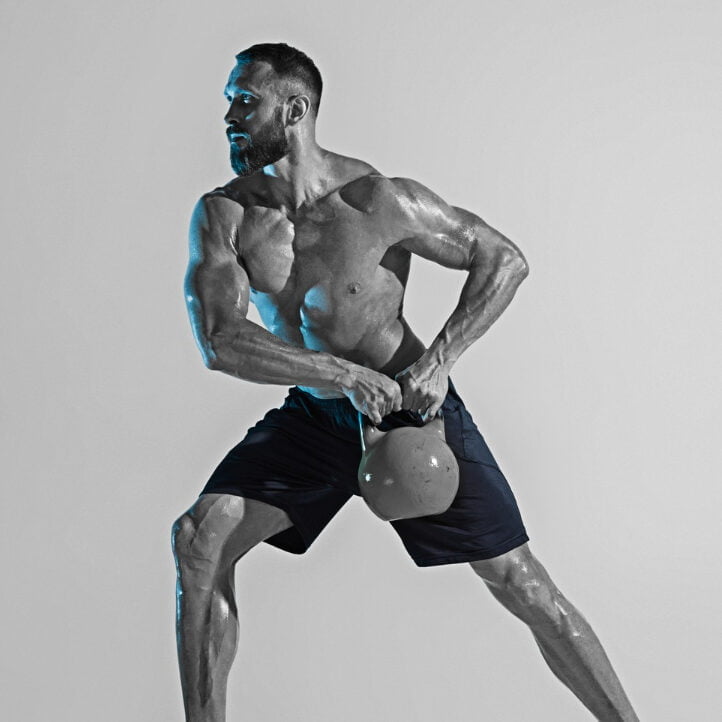
Incorporating these kettlebell hip mobility exercises into your fitness routine can help improve flexibility, enhance strength, and prevent injury. With proper frequency and modifications for different fitness levels, you can maximize the benefits of these exercises and achieve your fitness goals.
Frequency and sets/reps recommendations
To see real improvements in hip mobility and strength, aim to include these kettlebell exercises 2-3 times per week. Perform 2-3 sets of 8-12 repetitions for each exercise, allowing your muscles to adapt and grow stronger over time.
Consistency is key, so stick to a regular schedule that works for you, whether it’s before or after your main workouts.
Gradually increase the weight of the kettlebell as you get stronger and more comfortable with the movements. Proper form is vital, so prioritize quality over quantity when performing these exercises.
Modifications for different fitness levels
To accommodate various fitness levels, adjust the kettlebell weight and repetitions. Beginners can start with a lighter kettlebell to master the form and technique before progressing to heavier weights.
More experienced individuals may opt for heavier kettlebells or incorporate more challenging variations of the exercises such as adding jumps or increasing the speed of movements. It’s crucial to listen to your body and gradually increase intensity, focusing on proper form and avoiding overexertion.
Additionally, individuals with mobility limitations can perform modified versions of these exercises under professional guidance, ensuring safety while still reaping the benefits.
Tips for maximizing the benefits of these exercises
To maximize the benefits of these exercises, focus on maintaining proper form throughout each movement. Engage your core and keep your back straight to prevent injury and target the intended muscles effectively.
Make sure to use a kettlebell weight that challenges but doesn’t compromise your technique, allowing for gradual progression over time. Additionally, incorporate these hip mobility exercises into a comprehensive workout routine that includes cardiovascular and strength training to achieve balanced fitness development.
When performing these exercises, prioritize controlled movements over speed. This will help you concentrate on engaging the targeted muscles while minimizing the risk of strain or improper form.
Another crucial tip is to pay attention to your breathing – exhale during the most exertive phase of each exercise and inhale during the less strenuous phases to optimize oxygen flow and energy output.
Conclusion
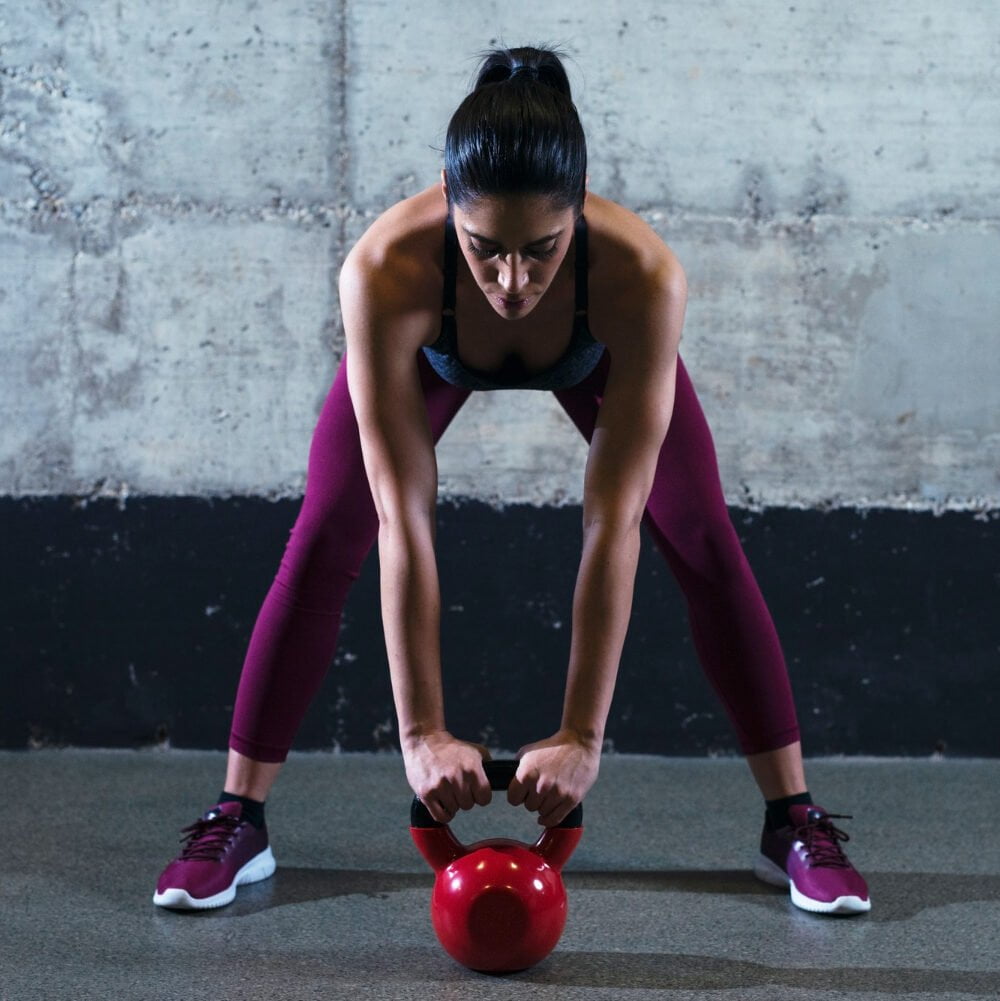
Incorporating these kettlebell hip mobility exercises into your fitness routine can significantly improve your overall flexibility, range of motion, and strength. By consistently performing these dynamic movements, you’ll reap the benefits of increased hip muscle strength and enhanced joint mobility.
These exercises are not only effective for athletes and fitness enthusiasts but also beneficial for individuals looking to enhance their everyday functional movement patterns. Embrace the challenge and commitment to regularly practice these kettlebell hip mobility exercises for a more agile, resilient, and powerful lower body.
Remember that consistency is key when it comes to seeing results from any exercise regimen. Set specific goals for yourself, stay motivated, and be patient as you work toward improving your hip mobility with these invigorating kettlebell exercises.
FAQs
Q: What are kettlebell hip mobility exercises?
A: Kettlebell hip mobility exercises are movements designed to improve hip flexibility, strength, and range of motion using kettlebells as resistance. These exercises can help to increase hip mobility and improve overall workout performance.
Q: How can kettlebell hip mobility exercises benefit me?
A: Kettlebell hip mobility exercises can benefit you by improving hip flexibility, enhancing hip strength, and increasing your overall workout performance. They can also help in preventing hip injuries and improving your squat and hinge movements.
Q: What are some common kettlebell hip mobility exercises?
A: Common kettlebell hip mobility exercises include kettlebell swings, kettlebell hip hinges, kettlebell goblet squats, and kettlebell hip abductions. These exercises target the hip muscles and improve flexibility and strength.
Q: How often should I do kettlebell hip mobility exercises?
A: It is recommended to perform kettlebell hip mobility exercises 2-3 times per week to see improvements in hip flexibility and strength. It’s important to give your muscles time to rest and recover between sessions.
Q: Can kettlebell hip mobility exercises help with hip flexibility?
A: Yes, kettlebell hip mobility exercises are effective in improving hip flexibility. They target the hip flexors and muscles around the pelvis, helping to increase the full range of motion and improve hip flexibility over time.
Q: How can I incorporate kettlebell hip mobility exercises into my workout routine?
A: You can incorporate kettlebell hip mobility exercises into your workout routine by adding them as a warm-up or as part of your strength and mobility training. These exercises complement other kettlebell workouts or crossfit routines.
Q: What are some signs of poor hip mobility?
A: Signs of poor hip mobility include tight hip flexors, difficulty performing squat or hinge movements, lack of hip abduction and external rotation, and experiencing back or knee pain during exercises. Improving hip mobility can address these issues.
Q: What are some tips for better hip mobility during kettlebell exercises?
A: To improve hip mobility during kettlebell exercises, focus on maintaining good posture, keeping the knees pointed in the direction of the toes, ensuring a wider than shoulder-width stance, and engaging the hip muscles throughout the movements.
Q: How many reps and sets should I do for kettlebell hip mobility exercises?
A: It is recommended to perform 3 sets of 10 reps for kettlebell hip mobility exercises. This allows for sufficient muscle engagement and adaptation to improve hip flexibility and strength over time.
Q: What are some good flexibility exercises to pair with kettlebell hip mobility exercises?
A: Good flexibility exercises to pair with kettlebell hip mobility exercises include hip external and internal rotation stretches, hip flexor stretches, and single-leg exercises that promote hip mobility. These exercises can be the cornerstone of a comprehensive hip mobility routine.

Author
Years ago, the spark of my life’s passion ignited in my mind the moment I stepped into the local gym for the first time. The inaugural bead of perspiration, the initial endeavor, the very first surge of endorphins, and a sense of pride that washed over me post-workout marked the beginning of my deep-seated interest in strength sports, fitness, and sports nutrition. This very curiosity blossomed rapidly into a profound fascination, propelling me to earn a Master’s degree in Physical Education from the Academy of Physical Education in Krakow, followed by a Sports Manager diploma from the Jagiellonian University. My journey of growth led me to gain more specialized qualifications, such as being a certified personal trainer with a focus on sports dietetics, a lifeguard, and an instructor for wellness and corrective gymnastics. Theoretical knowledge paired seamlessly with practical experience, reinforcing my belief that the transformation of individuals under my guidance was also a reflection of my personal growth. This belief holds true even today. Each day, I strive to push the boundaries and explore new realms. These realms gently elevate me to greater heights. The unique combination of passion for my field and the continuous quest for growth fuels my drive to break new ground.

